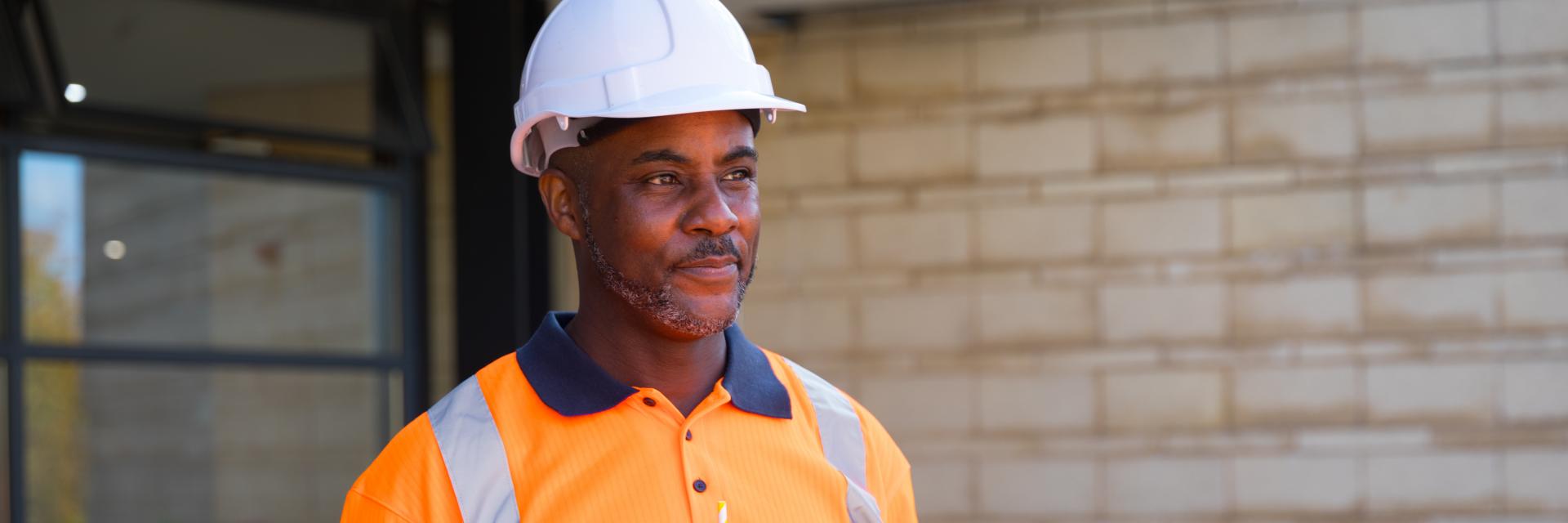We’re always looking for ways to keep everyone safe from harm at work. In this session, Claire Forshaw discusses situations where occupational hygiene can be used for rail projects, its benefits, and some real-world examples.
You may also be interested in:

BROS: Building relationships on site
2023's Wellbeing Hero Award winner, Vikky Goodwin, takes you through the mental health initiative she set up to help frontline employees proactively engage with mental health conversations. The scheme encourages employees to react to situations at work in the same way they would in normal life, substituting work behaviours for personal behaviours and treating colleagues how they would family and friends. Learn practical and effective strategies so you can try them in your organisation.

How to make workplaces more inclusive for people with invisible disabilities
Invisible disabilities like chronic pain, ADHD, and mental health conditions affect millions but often go unrecognised. In the UK, 70-80% of disabled people have one. Leaders can foster inclusion through flexibility, awareness, and allyship. Watch this video to learn more.

RWL '23 preview - Wendy McCristal and Rupert Lown
Wendy McCristal and Rupert Lown discuss the importance of good mental health, especially for those in lone working roles. They talk about the health challenges especially faced by shift workers and how they can take control of their wellbeing while working long and irregular hours.
